“The water footprint” within the cattle industry
How Much Water is Needed to Produce 1 kg of Beef?
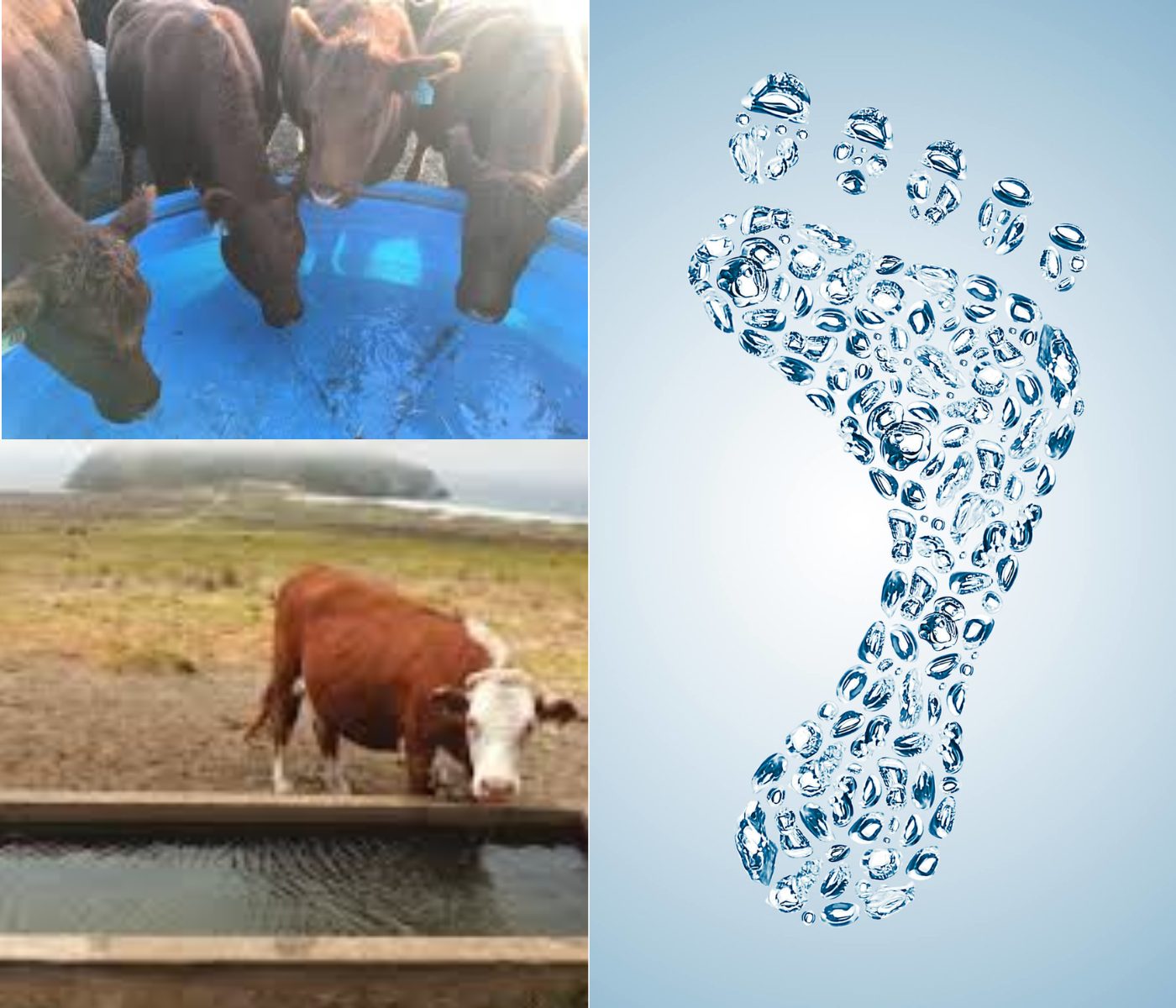 28 Sep 2023
28 Sep 2023
“The water footprint” within the cattle industry
How Much Water is Needed to Produce 1 kg of Beef?
 It is often cited that it takes 15,000 liters of water to produce 1 kg of beef. However, this figure is often taken out of context and can be misleading. More than 90% of the water consumed by livestock is “green water” (rainwater), so scientists estimate that 1 kg of beef requires approximately 50 liters of freshwater.
It is often cited that it takes 15,000 liters of water to produce 1 kg of beef. However, this figure is often taken out of context and can be misleading. More than 90% of the water consumed by livestock is “green water” (rainwater), so scientists estimate that 1 kg of beef requires approximately 50 liters of freshwater.
The term “water footprint” is in vogue…
In 2002, this figure was first published when the concept of the “water footprint” was established in response to the growing popularity of ecological footprint indicators. While working at the UNESCO-IHE Institute (Institute for Water Education), Arjen Hoekstra designed the water footprint as a way to measure the amount of water consumed and polluted in the production of goods and services throughout the supply chain. Interest in the concept quickly grew after it began to appear in academic literature. Today, the Water Footprint Network works to standardize and promote the concept of the “water footprint.”
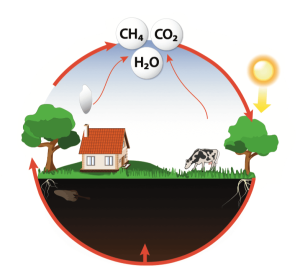 The water footprint serves as an indicator of freshwater use, calculating both direct and indirect water use by consumers or producers. It is expressed in three types of footprints:
The water footprint serves as an indicator of freshwater use, calculating both direct and indirect water use by consumers or producers. It is expressed in three types of footprints:
“Green water” accounts for 93% of the water footprint associated with livestock production.
It’s essential to consider the structure of the water footprint. When we look at the average water consumption for livestock-related activities, more than 90% is green water (rainwater) absorbed by the soil and evaporated by plants, returning to the hydrological cycle with or without livestock.
However, this green water involved in these cycles doesn’t reflect the net water consumption for animal production. The real water scarcity issue may be based solely on blue water. If we remove green water from the equation, the scientific community calculates that between 550 and 700 liters of water are needed to produce 1 kg of beef (combining grey and blue water). The French National Institute for Agricultural Research (INRAE) estimates that about 50 liters of “real” (blue) water are needed to produce 1 kg of beef.
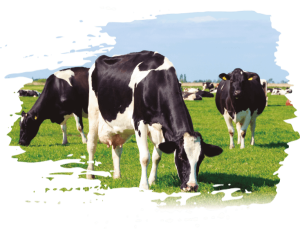
Applying the same approach, we could calculate that pork requires 450 liters, chicken 300 liters, eggs 244 liters, and milk 86 liters per kg, as shown in the table:
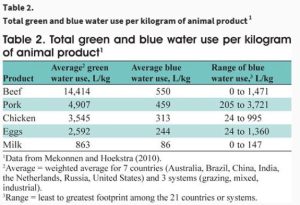
 According to conclusions from the academic publication “Animal Frontiers,” “Water is a valuable resource that all sectors of the economy, including agriculture and livestock, must conserve. We have tools such as the water footprint and Life Cycle Assessment (LCA), but we need to redefine their interpretation by policymakers.” This highlights the need for water conservation while refining data to measure true consumption.
According to conclusions from the academic publication “Animal Frontiers,” “Water is a valuable resource that all sectors of the economy, including agriculture and livestock, must conserve. We have tools such as the water footprint and Life Cycle Assessment (LCA), but we need to redefine their interpretation by policymakers.” This highlights the need for water conservation while refining data to measure true consumption.
Sources:
Subscribe now to the technical magazine of animal nutrition
AUTHORS
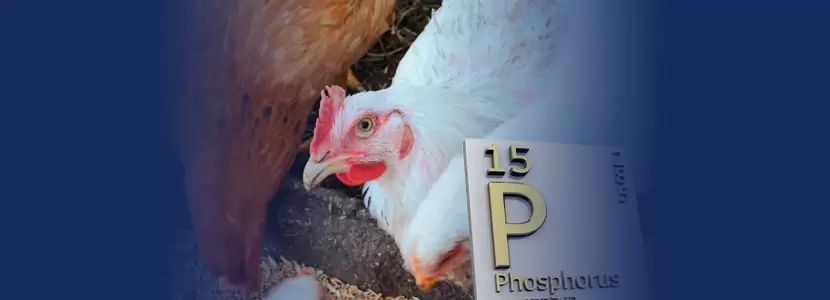
Evaluation of Different Levels of Digestible Phosphorus in Layer Hens
Miguel Alberto Pérez Espinoza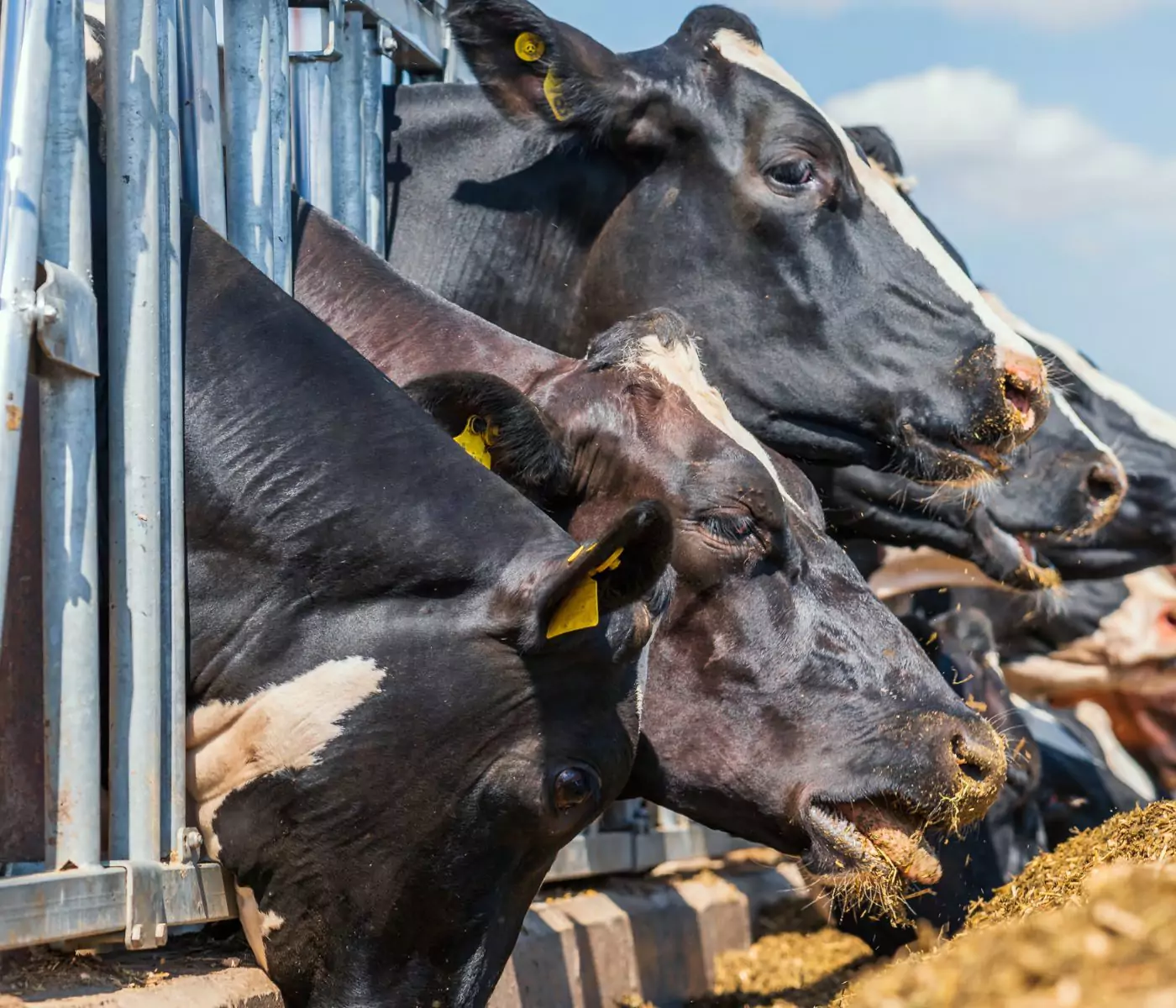
AMINO ACIDS IN THE FEEDING OF CATTLE (PART 1)
Breno Luis Nery Garcia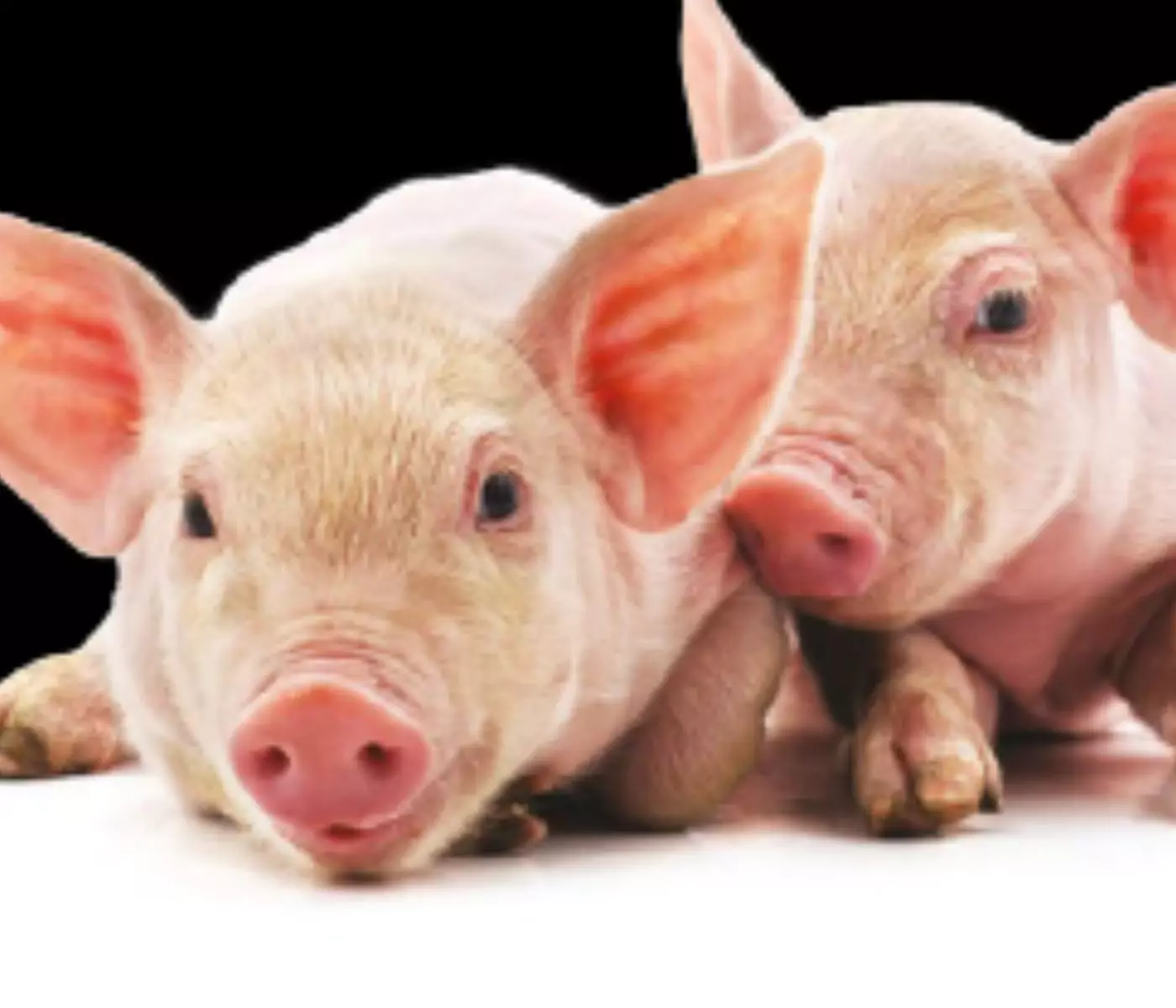
Vitamins for Swine Health, Welfare, and Productivity
Edgar Oviedo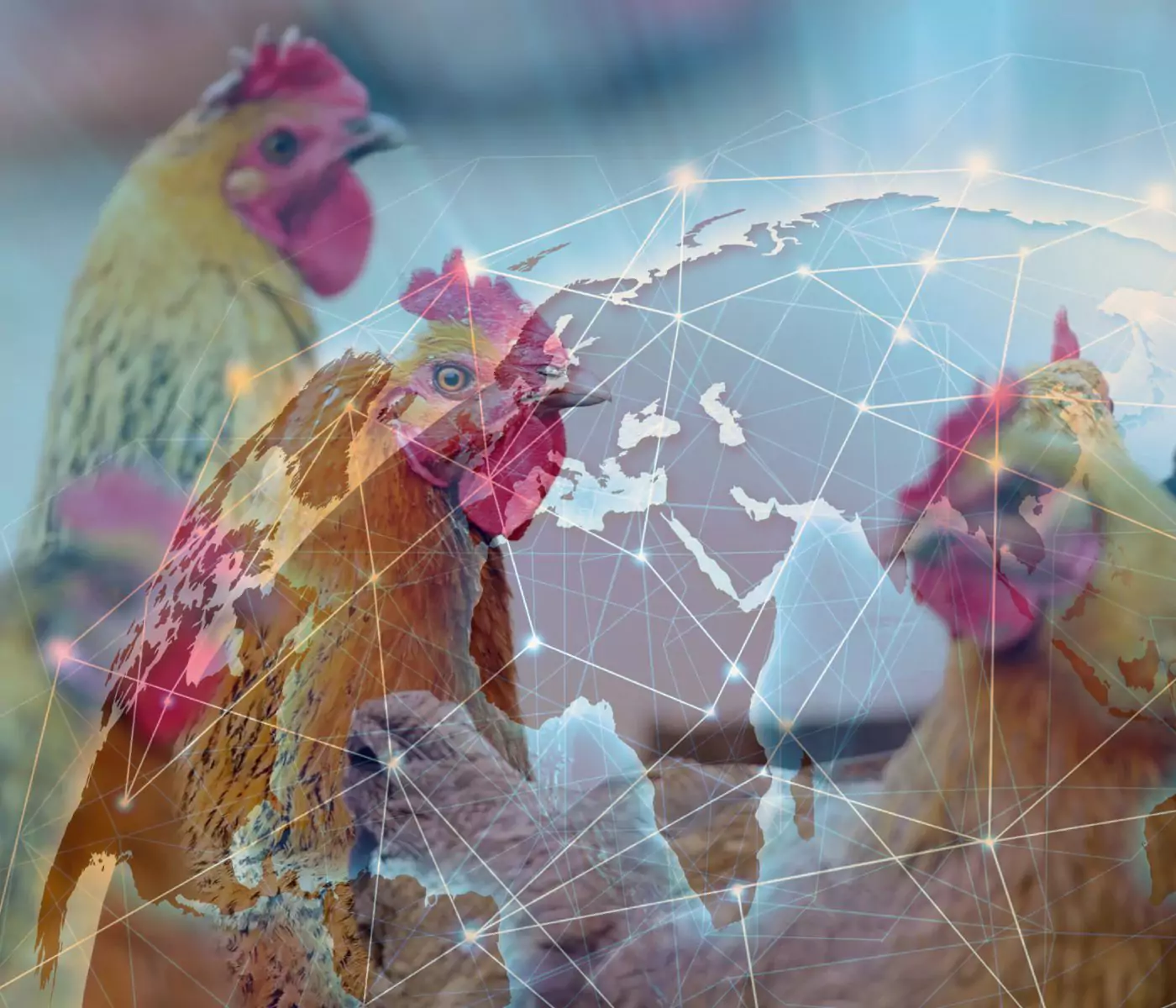
Advances in Poultry Nutrition: International Poultry Scientific Forum 2024
Edgar Oviedo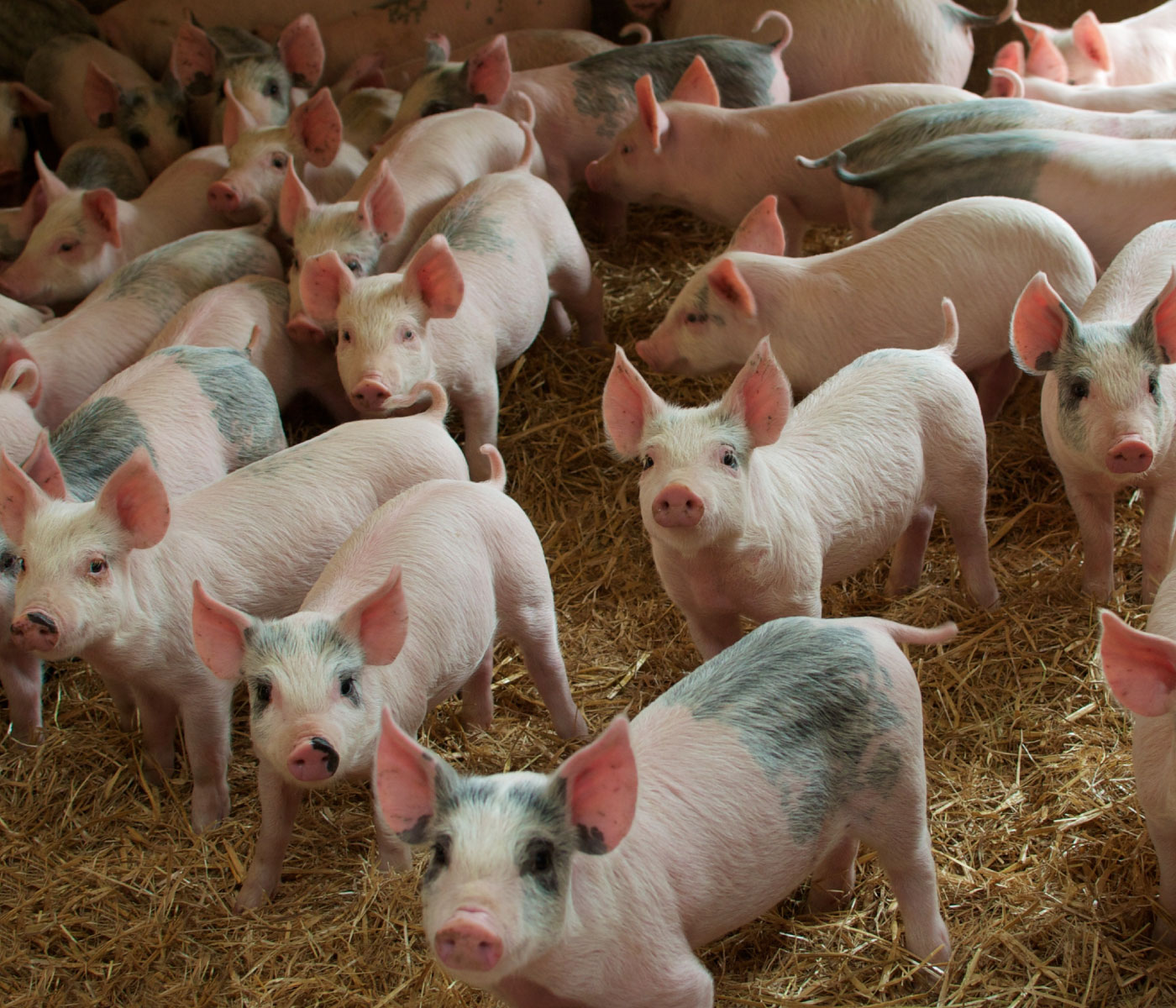
Optimizing pig nutrition for enhanced resilience
Gwendolyn Jones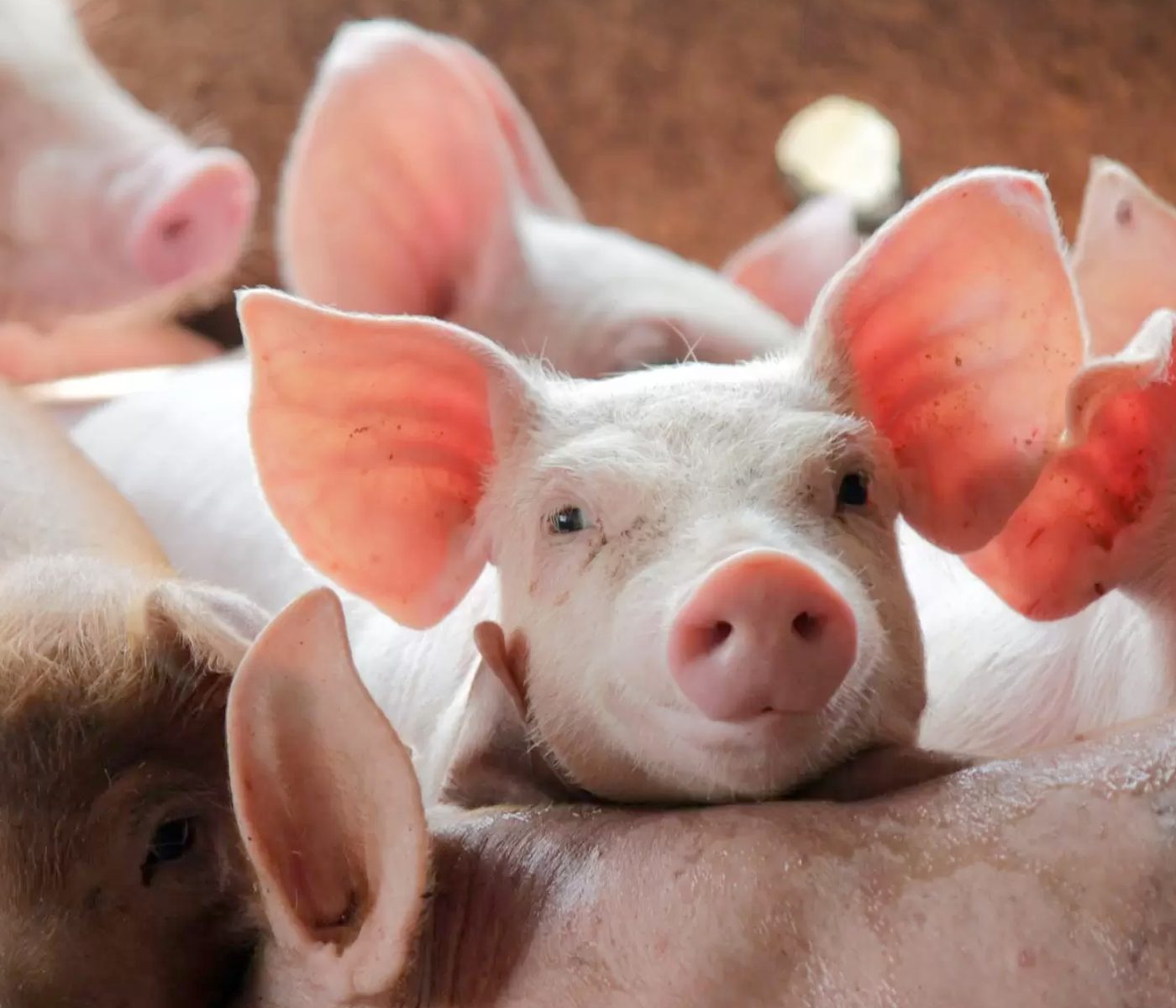
Optimizing Nutritional Formulas: A Vital Practice for Success
Gabriela Martínez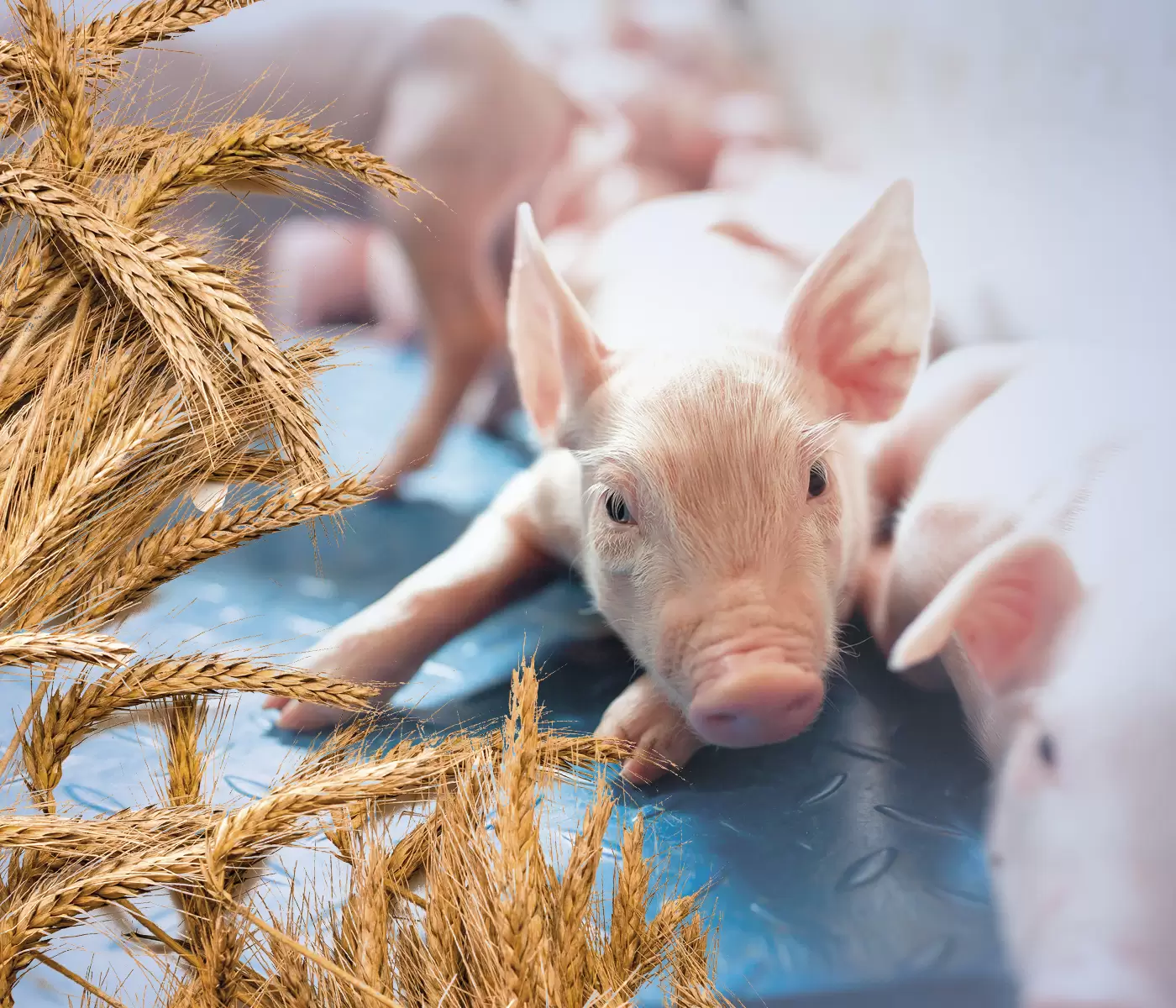
Sustainable performance with hybrid rye?
Dr. Volker Wilke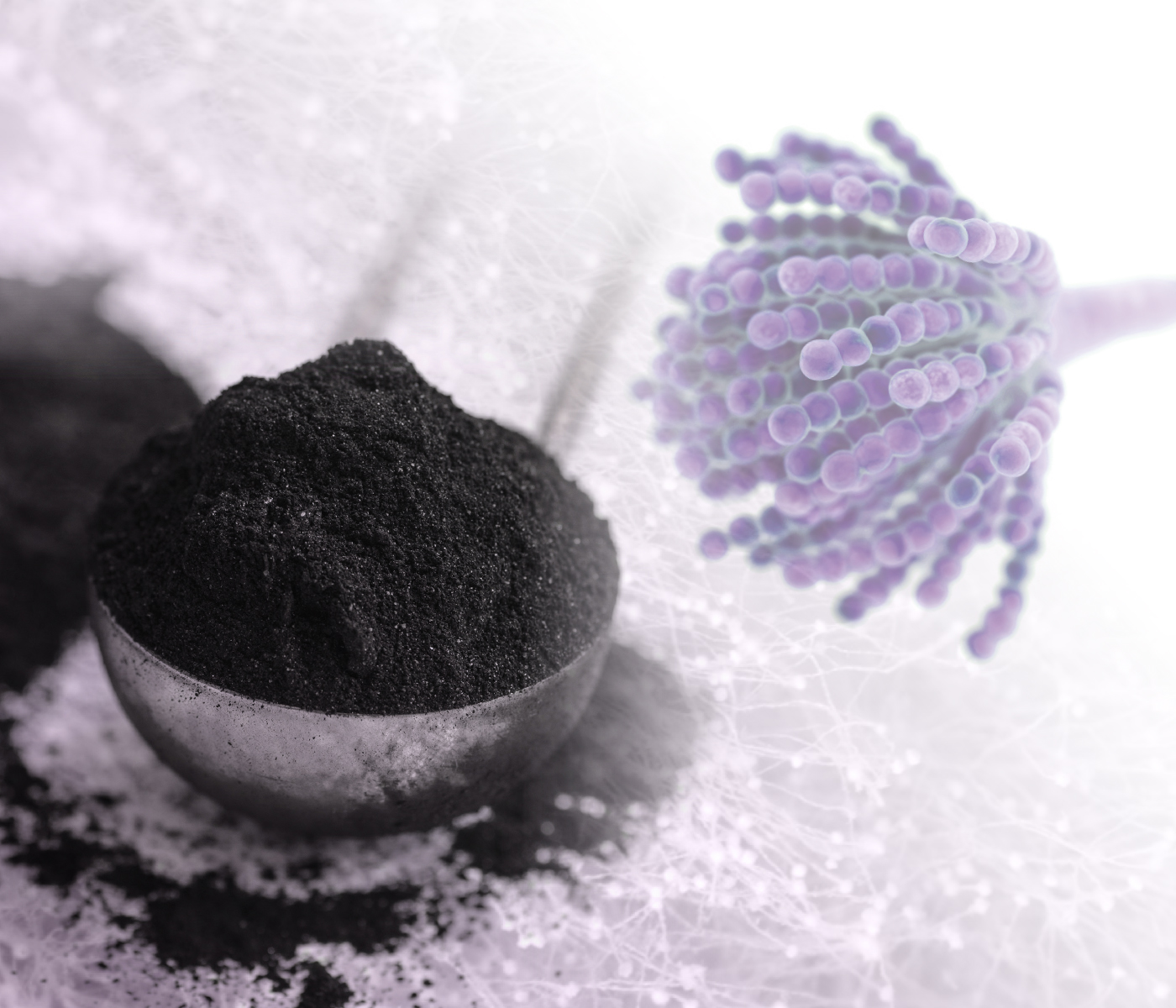
Novel Approaches for Evaluating the Efficacy of Mycotoxin Adsorbents
Abdelhacib Kihal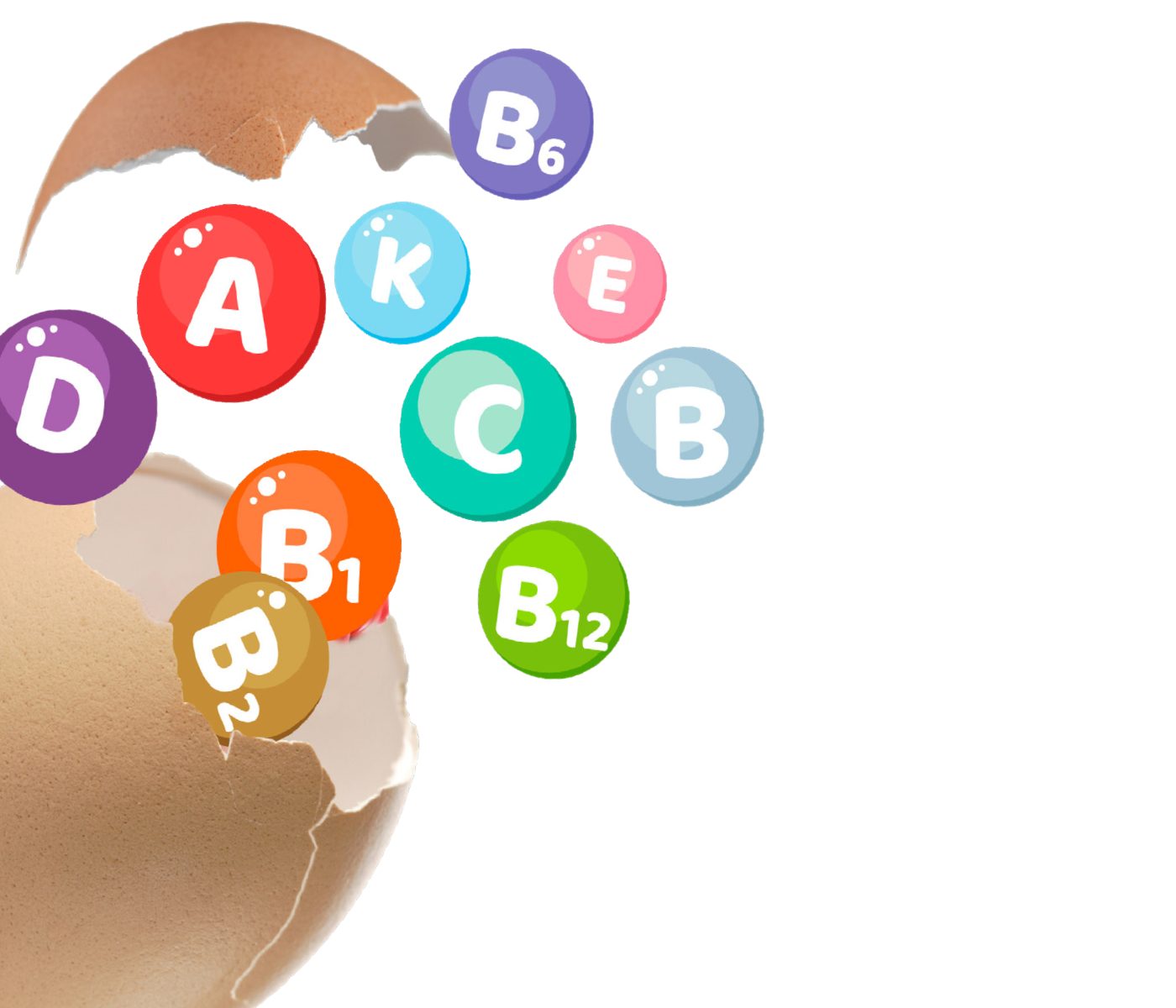
The Importance of Vitamins in Modern Poultry Farming
Sérgio Gonçalves Mota